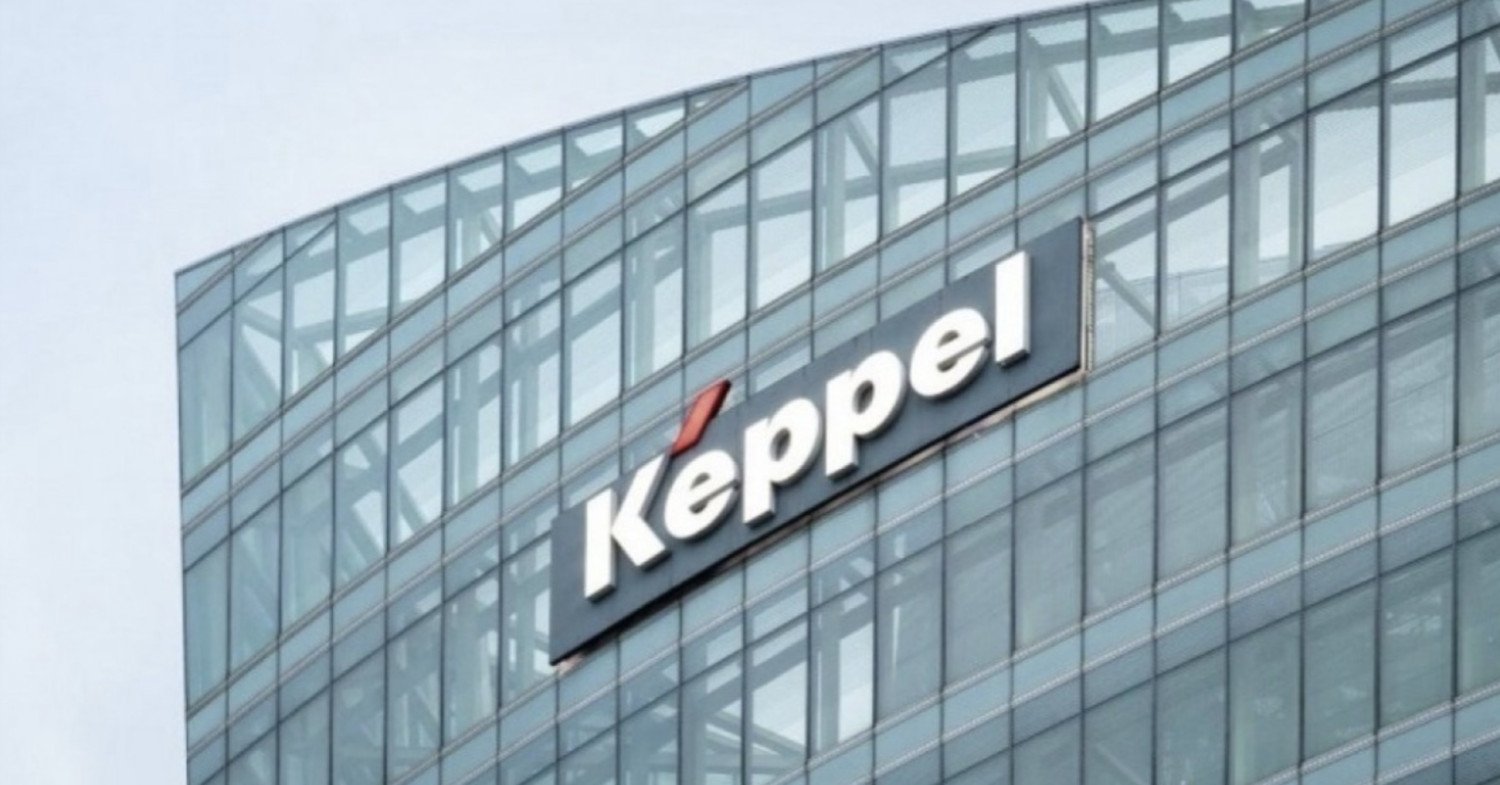.jpg?FdKuQetNqkCO3DHkIf7nkJTVK7cbmEh6&itok=5LQW0dZa)
Real estate investments in Asia Pacific (Apac) got a boost in 2Q2025, data compiled by Knight Frank shows. The region recorded US$42 billion ($53 billion) in investment volume last quarter, logging 7.4% growth q-o-q and 10.1% growth y-o-y.
The uplift in volume signifies Apac’s continued appeal to global capital, observes Craig Shute, CEO of Apac at Knight Frank. “Despite ongoing uncertainties, investor interest remains high, with cross-border flows increasing and sectors such as living and data centres continuing to outperform. There are clear signs that long-term fundamentals remain attractive,” he adds.
Cross-border investment activity accounted for US$12.1 billion of overall investment volume, reflecting a 50.1% y-o-y surge. The bulk of cross-border capital flows was largely supported by US investors, says Knight Frank.
Australia was the largest recipient of overseas inflows, at US$6.7 billion. These include two significant living sector deals: The sale of 65 senior living facilities by Brookfield Asset Management to Australia’s The Living Company for US$2.5 billion; and Greystar’s acquisition of a student housing portfolio from Singapore’s GIC and Wee Hur Holdings for US$1 billion. Beyond the living sector, Australia netted investments for prime office assets in central locations.
Singapore also stood out last quarter, with foreign capital inflows to the city-state jumping from US$652 million in 1Q2025 to US$2.2 billion last quarter. The surge came from IOI Group’s acquisition of a 50.1% stake in mixed-use development South Beach from joint-venture partner City Developments for US$650 million, along with Brookfield Asset Management’s purchase of three industrial properties from Mapletree Industrial Trust at US$420 million.
Christine Li, Knight Frank’s head of research for Apac, notes that investors in Apac real estate are showing a greater sense of discernment around asset type and quality. “We see clear signs that international capital is gravitating towards locations and sectors offering income stability and reliable growth prospects, even as trade tensions and the prospect of shifting monetary policy add an extra layer of complexity,” she explains.
As a result, while traditional assets continued to dominate activity last quarter, alternative asset classes such as the living sector and data centres saw an uptick. Investment in the living sector nearly doubled y-o-y to hit US$4.9 billion in 2Q2025, while data centre investment volume totalled US$2.4 billion, up 40.2% q-o-q.
On the flip side, the industrial sector saw lower investments in both q-o-q and y-o-y terms, which Knight Frank attributes to continued uncertainty over US trade policy.
Looking ahead, while prolonged geopolitical and economic instability could dampen sentiment, Knight Frank views that improving prospects for US trade agreements and declining borrowing costs expected in the second half of this year could stimulate more investments across the region.





